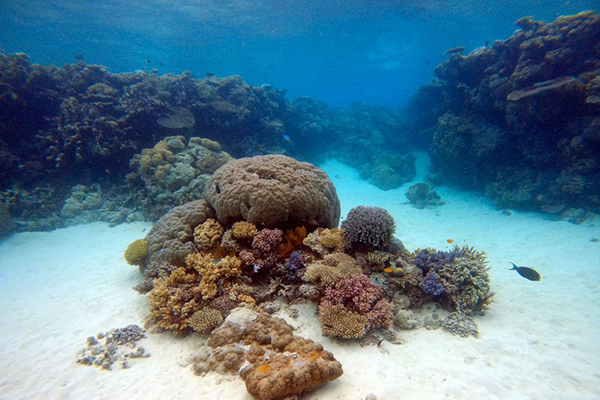
Responsibility
Can Blacklip Rock oysters reduce nutrient pollution near the Great Barrier Reef?
A study finds oysters can remove harmful nutrients from tropical waterways, potentially benefiting ecosystems like the Great Barrier Reef.
Aquafeeds
Study reports that only up to 20 percent of carbon, 45 percent of nitrogen and 60 percent of phosphorus are assimilated by cultured fish.

Responsibility
A study finds oysters can remove harmful nutrients from tropical waterways, potentially benefiting ecosystems like the Great Barrier Reef.
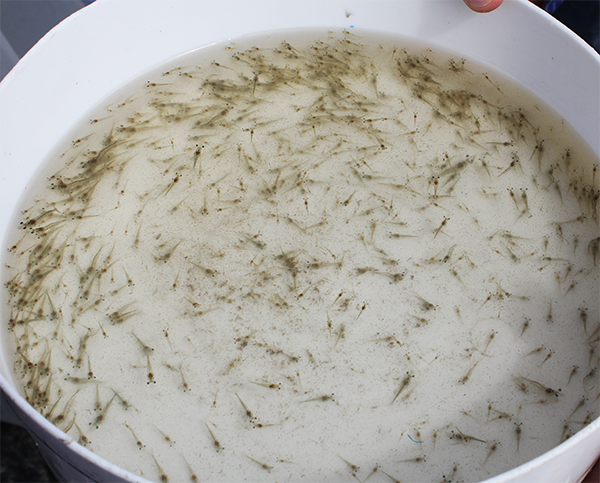
Health & Welfare
Sponge biocarriers can maintain low levels of ammonia, nitrite and suspended solids for white shrimp in zero-water-exchange production systems.
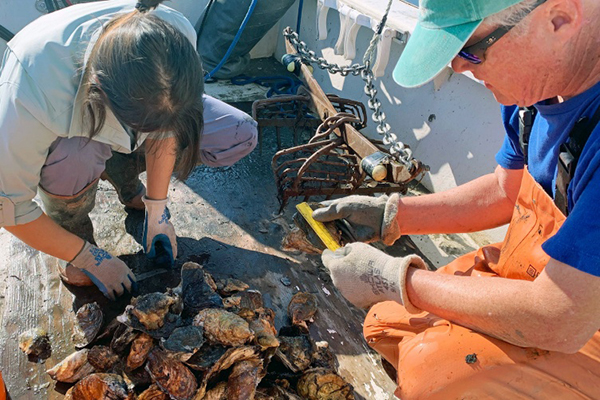
Responsibility
Oysters may play a role in removing nitrogen and improving water quality in the Great Bay estuary, near the University of New Hampshire.
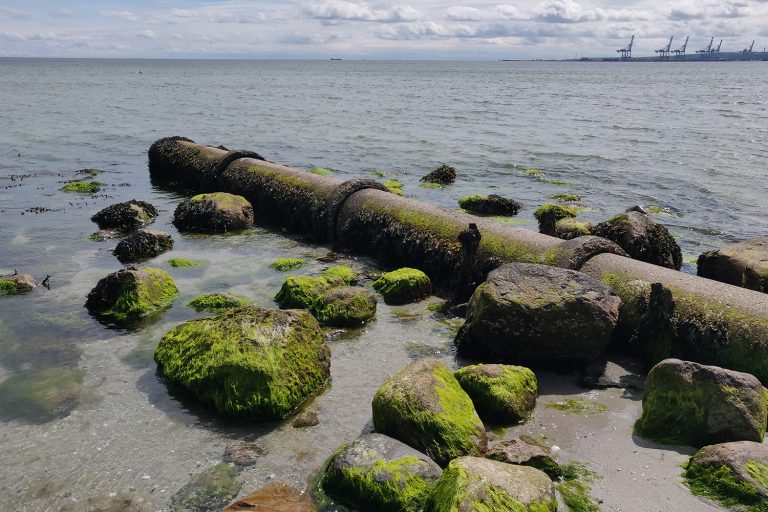
Responsibility
Dr. Barry Costa-Pierce on the connection between nitrogen, carbon dioxide and ocean acidification, and the importance of restorative aquaculture.
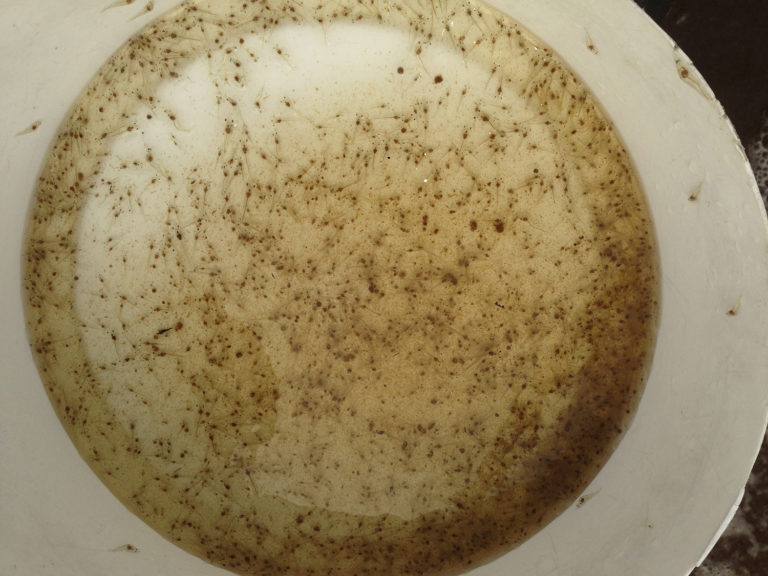
Responsibility
Prof. Claude Boyd on the importance of carbon-nitrogen ratios for pond fertilization and biofloc systems, and the relevance of precise carbohydrate inputs.
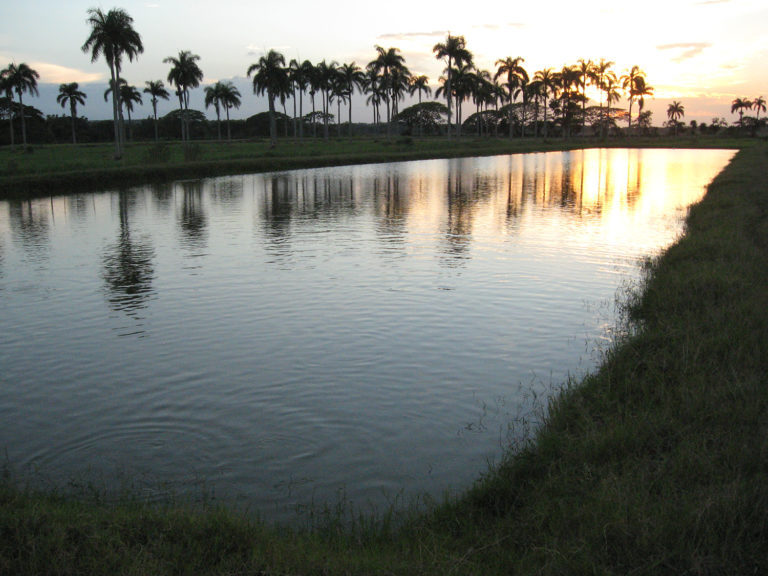
Responsibility
Intensification of pond aquaculture involves the use of commercial fertilizers such as urea and triple superphosphate to stimulate phytoplankton blooms. There is no objective way of determining the ideal fertilization rate for an individual pond.
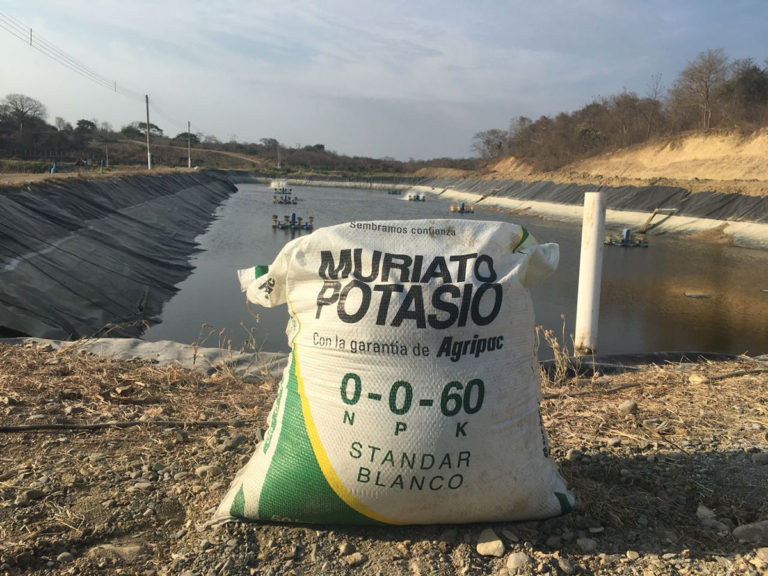
Responsibility
Commercial nitrogen and phosphorus fertilizers are widely used in aquaculture production systems to stimulate phytoplankton growth and the food web that provides natural food organisms beneficial to stocked fish fry and shrimp postlarvae.
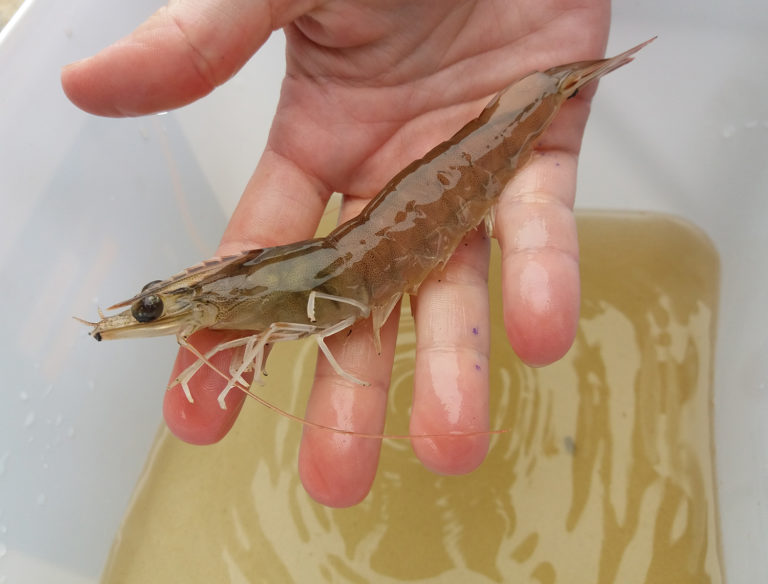
Aquafeeds
A recent study at the Federal University of Rio Grande in Brazil showed that it is possible to reduce the C:N ratio in biofloc cultures, to decrease the water volume used and the total suspended solids produced, with resulting savings.
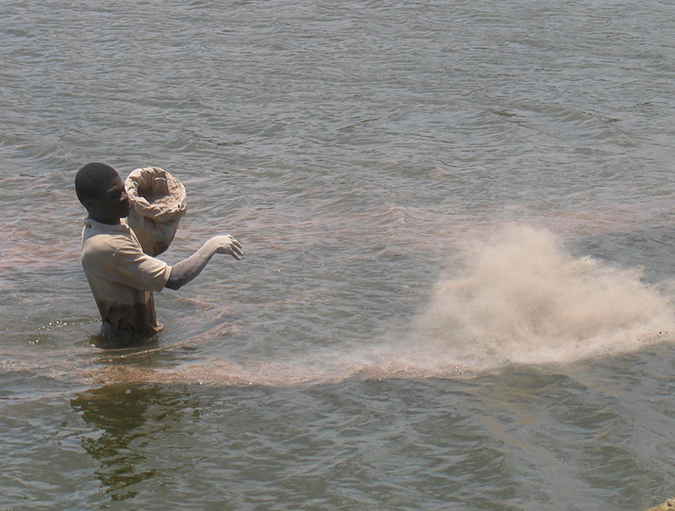
Responsibility
Nitrogen and phosphorus are the most important nutrients in fertilization of both freshwater and coastal ponds. Many factors that can affect the response of ponds to fertilizers are location-specific. Aquaculture pond managers will have to figure out the best procedure for a given location or even for an individual pond.
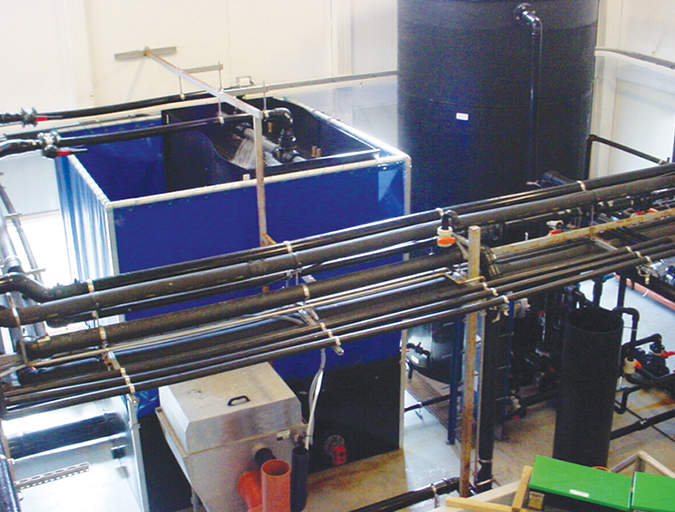
Innovation & Investment
Controlling total ammonia-nitrogen (TAN) concentrations is the primary concern when sizing a biofilter for use in a recirculating aquaculture system. Sizing decisions are best based on previous experience with a given biofilter media in a specific biofilter configuration.
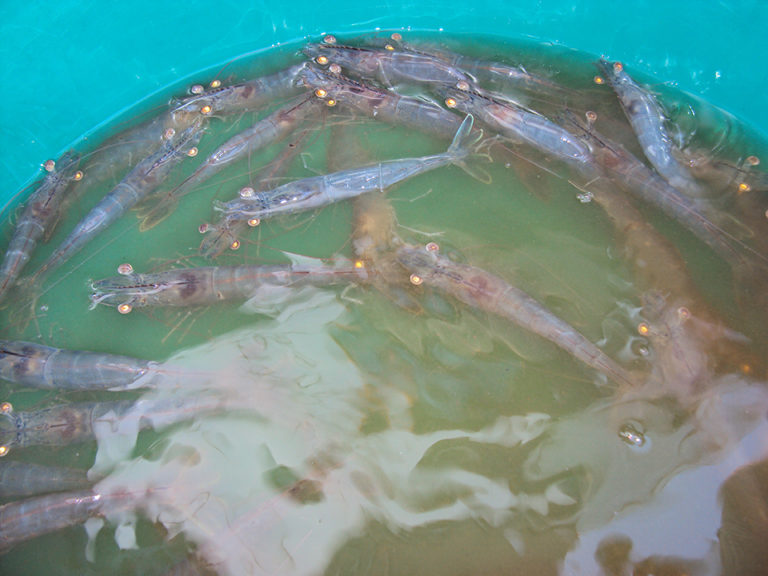
Health & Welfare
Ammonia nitrogen occurs in aquaculture systems as a waste product of protein metabolism by aquatic animals and degradation of organic matter, or in nitrogen fertilizers. Exposure can reduce growth and increase susceptibility to diseases in aquatic species.
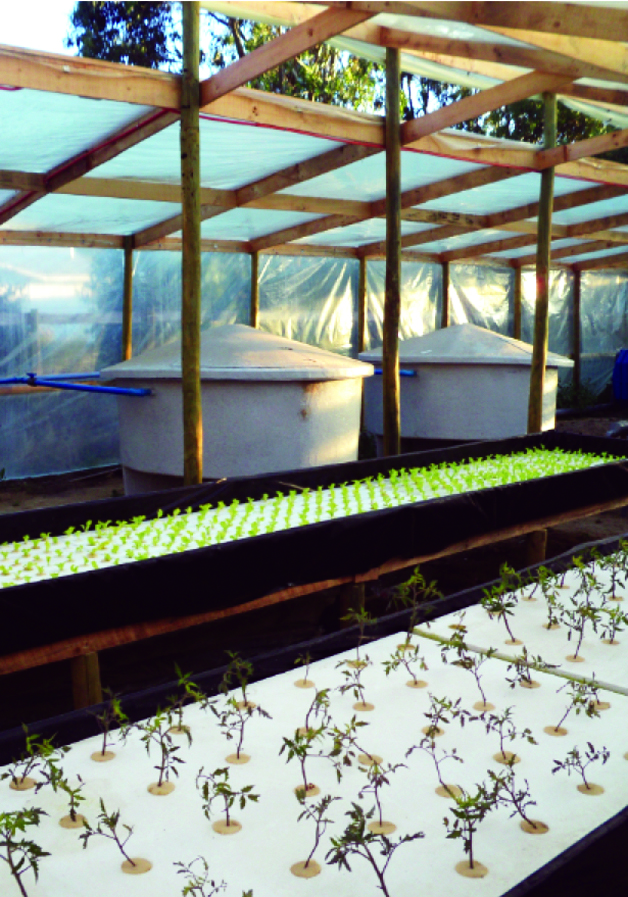
Health & Welfare
Integrated aquaponic operations can improve water use efficiency because plants participate in nitrogen and phosphorus removal and integration.
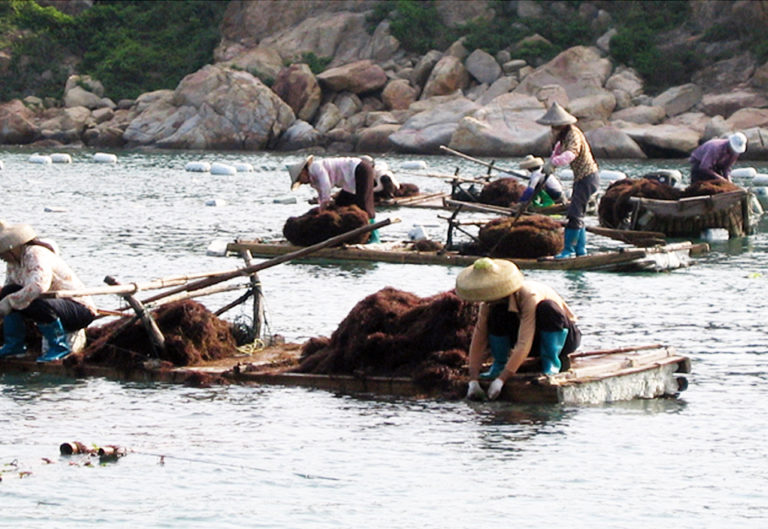
Health & Welfare
Large-scale Gracilaria cultivation can be an effective means of improving water quality and promoting a more sustainable mariculture industry in China.
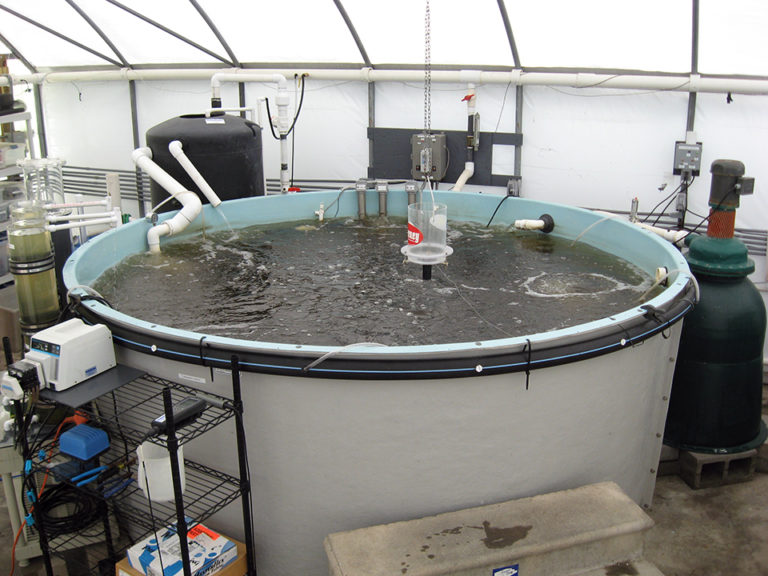
Responsibility
One way to jump start biofilter operation is by adding sugar, which can provide sufficient organic carbon to neutralize the ammonia-nitrogen produced.
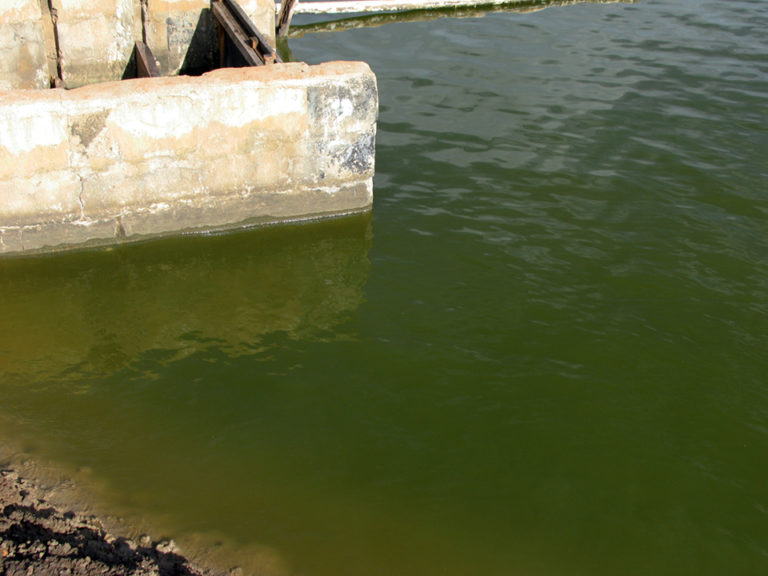
Responsibility
Improved feeds and feeding practices increase the proportion of nitrogen recovered in fish and shrimp and lessen the amount of ammonia excreted by the culture animals.